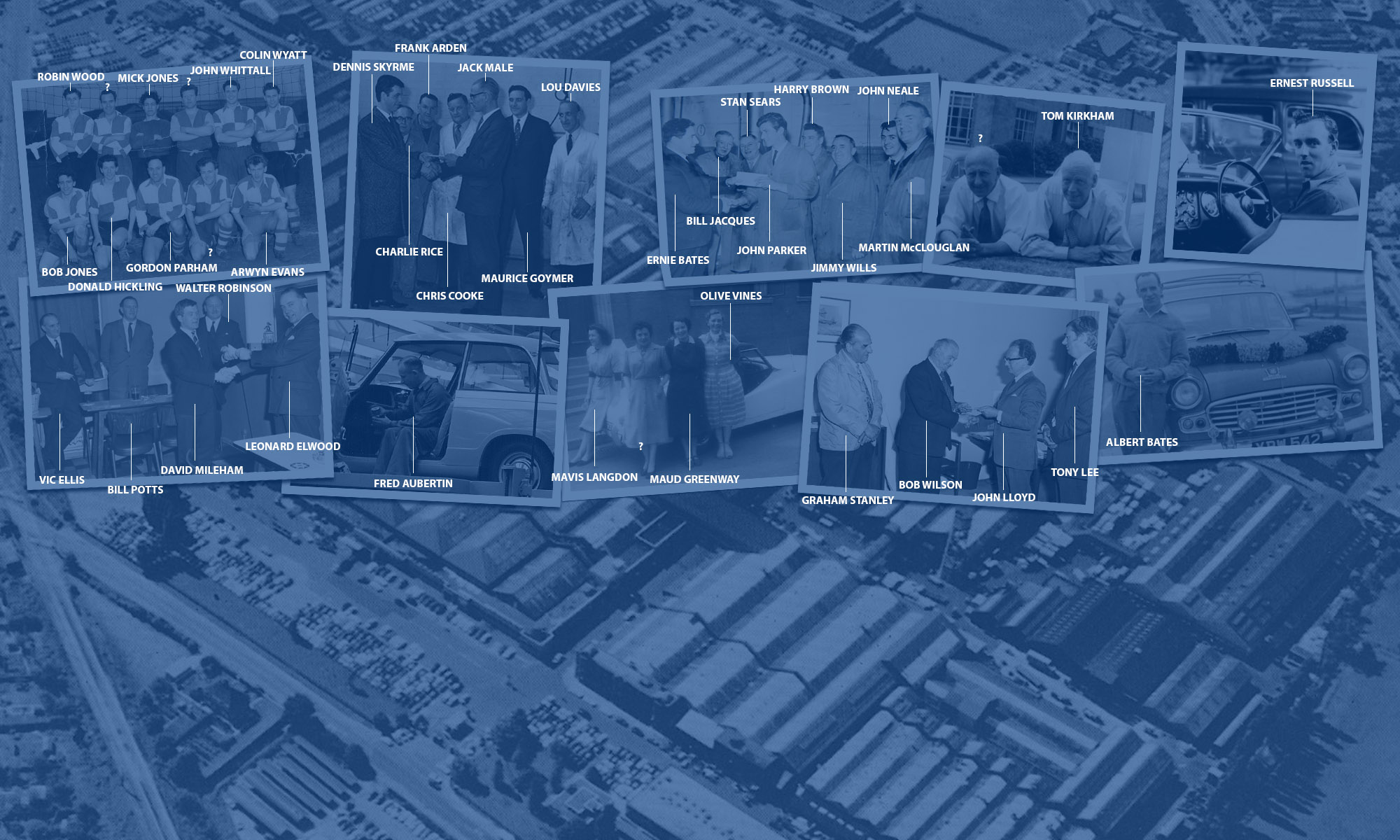Henry Reuben Woodier (AKA Dick Woodier) was born 25th of August 1900. He started working at Cash’s Lane in 1922 drilling under foreman Harry Timms. After 8 years Henry moved to the Crankshaft shop at Canley working under Fred Kleiter. In 1933 he was moved to the ‘old spares’, still drilling and machining under Fred Kleiter.
During WW2 Henry was in the home guard. In 1940, Henry worked nights on Mosquito production as a charge- hand for the new female workers on the aircraft and munitions section. After the War, Henry was made charge hand on the day shift where he was on drilling for car production. He continued to work under Mr Kleiter until he retired in 1948, Henry suggested that some of his happiest memories at work were working with Mr Kleiter in ‘spares’.
In 1950 Henry moved to Mr E. Preston’s section at Canley, in 1958 this section moved to Radford whereupon he gave up his charge hand position and decided to revert to a machinist. In March 1967, after nearly 45 years of service, Henry retired aged 66. A large crowd gathered at the Radford machine shop to see Mr E. Preston present Henry with a sum of money collected from his friends and workmates. He passed away 1970.
This entry is submitted by his Great- Grandson (Luke Garland).

